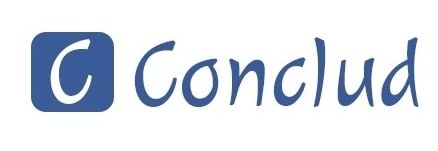There is some discussion among monetary organizers with regards to the most ideal way of squaring away obligation. Some say paying the most noteworthy loan cost obligation initially is the most ideal way; others say paying the littlest equilibrium initially is the most ideal way.
The two strategies enjoy benefits and inconveniences, fastest way to pay off debt so we’ll investigate both, and assist you with choosing which technique is best for you.
Strategy #1 – Highest Interest Rate
In this strategy, you center around taking care of your most noteworthy financing cost obligations first. The fundamental stages in this technique include:
1. Rundown all obligations all together from the most elevated loan fee to the least financing cost.
2. Focus on paying the base installment on each obligation.
3. Decide how much extra can be applied to the most elevated financing cost obligation.
4. Pay the base sum in addition to the additional sum towards the obligation with the most elevated loan cost until it is paid off.
5. At the point when that obligation is paid off, apply the sum you were paying to the obligation that is paid off to the following most elevated financing cost obligation until paid off.
6. Rehash until all obligations are settled completely.
This strategy is the best technique numerically, as you will pay less revenue over the long haul.
Strategy #2 – Lowest Balance
In this strategy, your attention is on the obligation with the most reduced equilibrium. Note: this strategy was made famous by Dave Ramsey and is regularly called the Debt Snowball technique.
The essential strides in this technique include:
1. Rundown all obligations all together from the littlest equilibrium to the biggest equilibrium.
2. Focus on paying the base installment on each obligation.
3. Decide how much extra can be applied to the littlest equilibrium obligation.
4. Pay the base sum in addition to the additional sum towards the obligation with the littlest equilibrium until it is paid off.
5. At the point when that obligation is paid off, apply the sum you were paying to the obligation that is paid off to the following littlest equilibrium obligation until paid off.
6. Rehash until all obligations are settled completely.
This strategy may not be the best technique numerically, as you will pay more revenue over the long haul. Be that as it may, this technique permits you to take care of more modest obligations quicker, which might give you the inspiration you need to adhere to your obligation installment plan.
Things being what they are, which technique is best for you? It depends…
Strategy #1 is best for you if:
* You have obligations with comparable equilibriums
* You have discipline to adhere to your obligation reimbursement plan
* You are a numbers individual, and you understand the advantage of taking care of the greatest loan cost obligation first
Technique #2 might be best for you if:
* Your obligations don’t have comparative adjusts – i.e., you have a $500 Visa surplus, a $12,000 Mastercard total, and a few in the middle
* You need inspiration – taking care of the littlest Visa equilibrium might be the inspiration you need to adhere to your obligation reimbursement plan
* You wouldn’t fret paying more interest as time goes on in return for disposing of more modest equilibriums first
Tip: Why not utilize a mix of the two strategies? Utilizing a mix of the two strategies permits you to feel a feeling of achievement by taking care of that first obligation (the littlest equilibrium charge card), and gives you the inspiration to begin chipping away at the following obligation (the obligation with the most noteworthy financing cost).
Keep in mind, the strategy that turns out best for you is the one you will really utilize. The main thing is to make an arrangement and stick to it so you can live obligation free.

